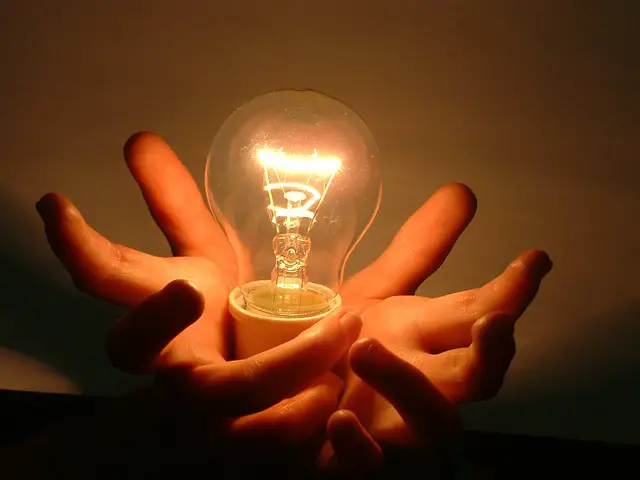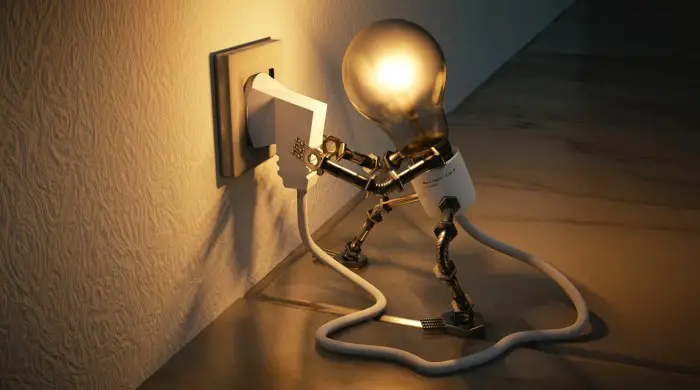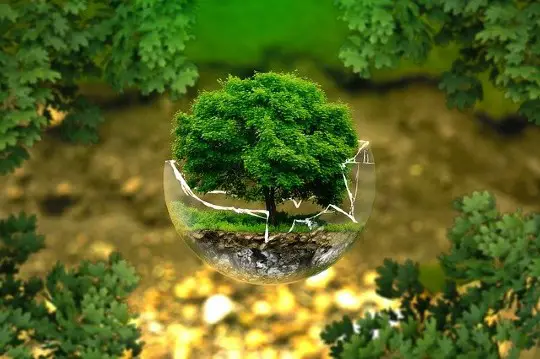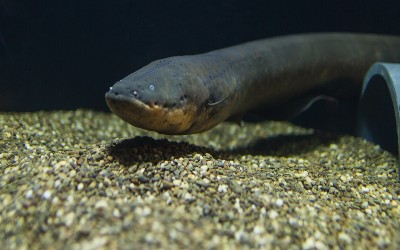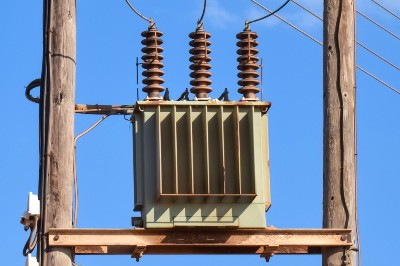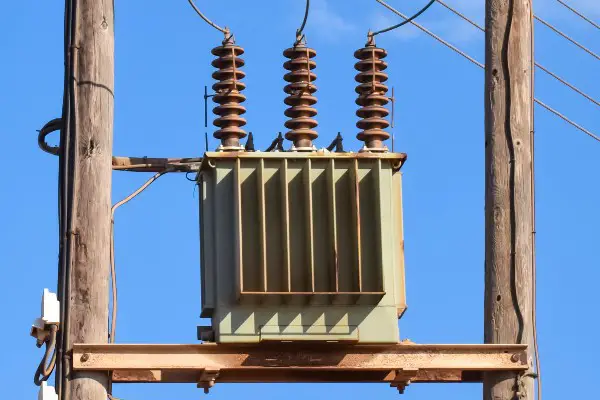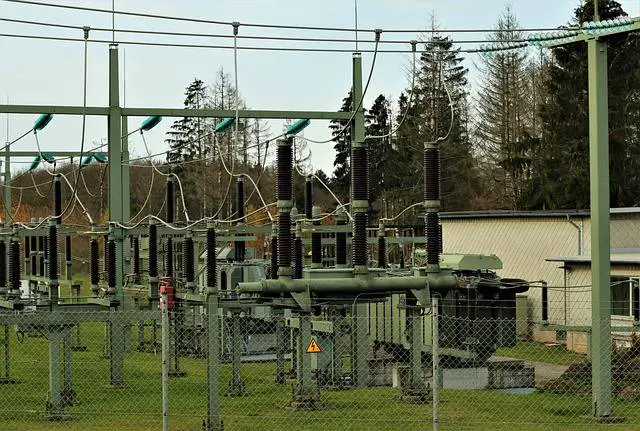
🔥 30 Shocking Facts About Non Renewable Energy (updated)
30 Shocking Facts about Non-Renewable Energy
Written by Stanley Udegbunam || Dec 14, 2020

AFRILCATE
You might have a little idea about renewable energy, its major sources the multiple arguments in support of or against this energy type.
But they are still some salient things you probably don’t know about non-renewable energy.
In today’s article, we’ll be looking at 30 shocking facts about renewable energy.
We will cut across various available non-renewable energies and obtain individual facts these different non-renewables as we move along.
Without further ado, let’s get started.
FACTS ABOUT NON-RENEWABLE ENERGY
COAL

Coal is a solid form of fossil fuel that is burned to create energy.
Coal is classed into four types:
- Anthracite
- Bituminous
- Sub-bituminous and
- lignite
- Over 80% of the energy total energy consumed by human is derived from fossil fuel.
- Carbon is the main element in fossil fuels.
- The quality of coal is given by the level of carbonization. Carbonization is the process that ancient organisms undergo to become coal.
- Wyoming, West Virginia and Kentucky are the leading states that produces coal.
- 2% of the nation’s electricity is generated by burning coal because it has been relied upon for many years.
- Peat is often not listed as a type of coal since the use of it as an energy source is limited today. It is the lowest rank of coal and has gone through the least amount of carbonization.
- Anthracite is the highest quality of coal; it is dark and shiny and found deeper in the Earth.
- The fossil fuel industry has a very high net worth.
- Out of all countries, China produces the most coal by far. In fact, it has been the largest producer of coal for the last three decades, producing more than 3 billion tons of coal each year.
- Coal is America most abundant fossil fuel.
OIL/PETROLEUM

facts about non-renewable energy
Oil, often called petroleum is a liquid fossil fuel.
It is present in dark brown, yellow, or even green.
Oil refining is the conversion of crude oil into useful products like fuel oils and diesel.
11. Oil wells are dug 6,000 – 20,000 feet below the surface.
12. Oil platforms are some of the biggest manmade structures in the world!
13. 7% of America’s total energy consumption comes from petroleum.
14. Fossil fuel subsidies exceed the budget allocated to global healthcare.
15. Since fossil fuels are finite resources that are being rapidly depleted, no one knows how much is left.
16. Texas, Alaska, and California are leading states that produce petroleum.
NATURAL GAS

This is a fossil fuel in the form of a gas.
To reach natural gas, some companies use a process called fracking or hydraulic fracturing.
17. More than 50% of the nation’s home uses natural gas.
18. Methane and ethane are the most common types of gasses obtained through this process.
19. In the United States, Industries are the largest consumers of natural gas hence, it is used to create new things.
20. Natural gas is a cleaner-burning fossil fuel compared to gasoline.
21. Natural gas is a colorless and odorless gas. Preservatives are usually added to give it odor so it could be detected in case of gas leakage.
22. Propane, another liquid form of fossil fuel only accounts for 1.6% of the nation’s energy.
23. Propane is mostly used in rural areas and farms due to its portability.
24. Fossil fuels cause the biggest environmental damage!
Nuclear power is energy released from the radioactive decay of elements.
Nuclear energy is a popular way of generating electricity around the world.
25. Uranium is the only non-renewable natural energy source that is not a fossil fuel.
26. Nuclear power plants use a very rate type of Uranium called U-235.
27. Nuclear power plants produce electricity through nuclear fission, the process where the nucleus of an atom splits.
28. United state leads the world in the production of nuclear energy.
29. Nuclear power plants do not pollute the air or emit greenhouse gases but produce radioactive material that can be extremely toxic.
30. Nuclear fuel rods are still radioactive after use.
Now…Over to You!
I’m really fascinated by how China produces more than 3 billion tons of coal every year (fact 9).
Despite the fact that non-renewables are readily available, I still think clean energy (renewables) is the way forward in energy generation.
What about you?
Which of these facts fascinated you the most?
Do you think renewable energy can completely replace the non-renewable forms of energy?
Share your thoughts and answers with us in the comment section below.





